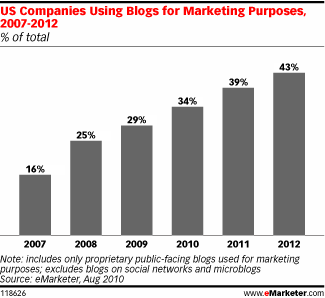The Social CEO – Study offers insight in Top 50 companies
 A new study “Socializing Your CEO: From (Un)Social to Social” by Weber Shandwick found out the majority of CEOs from the world’s largest companies —64%— are not social. The definition of “not social” means that the world’s top 50 companies are not engaging online with external stakeholders. It shows us that most of them are not doing publicly visible communications activities.
A new study “Socializing Your CEO: From (Un)Social to Social” by Weber Shandwick found out the majority of CEOs from the world’s largest companies —64%— are not social. The definition of “not social” means that the world’s top 50 companies are not engaging online with external stakeholders. It shows us that most of them are not doing publicly visible communications activities.
93% of CEOs in the world’s top 50 companies communicated externally in traditional fashion. These CEOs were quoted in the major global news and business publications and 40% follow the tactic to participate in speaking engagements to an external, non-investor, audience.
“Strong evidence exists that CEOs are not silent in these turbulent times. They are extensively quoted in the business press, frequently deliver keynote speeches at conferences and participate in business school forums. But when it comes to digital engagement externally, CEOs are not yet fully socialized, often with good reason.” (…) “As we continue to track the rise of the Social CEO and chief executives become more comfortable with the new media, we expect that this will change and change fast.” Leslie Gaines-Ross, Chief Reputation Strategist, Weber Shandwick
The key research findings of a Social CEO were…
– Social CEOs lead companies with higher reputational status. Most admired company CEOs in the study had greater online visibility profiles than less admired company CEOs (41% vs. 28%).
– Social CEOs are multi-channel users when they engage online. 72% used more than one channel (on average 1.8 channels).
– 60% of Social CEOs were American-based companies, 12% were EMEA-based.
“There are several reasons why CEOs are not more Social. Time is better spent with customers and employees, their reputations are at an all-time low among the general public, the return on investment has not yet been proven, legal counsel tends to caution against it and anything that smacks of ‘celebrity CEO’ is a no-win. (…) In this increasingly digital age, CEOs should embrace the value of connectivity with customers, talent and other important stakeholders online. With 1.96 billion Internet users around the world, CEOs should be where people are watching, reading, chatting and listening,” said Gaines-Ross.
Spot On!
In their study Weber Shandwick recommends “six rules of the road” for CEOs to enhance their social reputation and interactivity.
1. Identify best online practices of your peers and best-in-class social CEO communicators. Then establish and stretch your own comfort zone.
2. Start with the fundamentals (e.g., online videos or photos). Inventory and aggregate existing executive communications for repurposing online.
3. Simulate or test-drive social media participation. Understand what you’re getting into before you go live. Start internally although recognize that internal employee communications spreads externally seamlessly.
4. Decide upfront how much time you can commit to being Social. It can range from once a week to once a month to once a quarter or less often. Be your own best judge of what feels right.
5. Craft a narrative that captures the attention of audiences that matter and humanizes your company’s reputation.
6. Accept the fact that Getting Social needs to be part of your corporate reputation management program. Purposefully manage your social reputation as well as your corporate reputation.
Is customer orientation and focus the strategy for a succesful CEO future, or the social approach gaining reputation? Are there other rules you would recommend? How about the efficiency topic – gaining or losing time and productivity? Either way, let us know…











